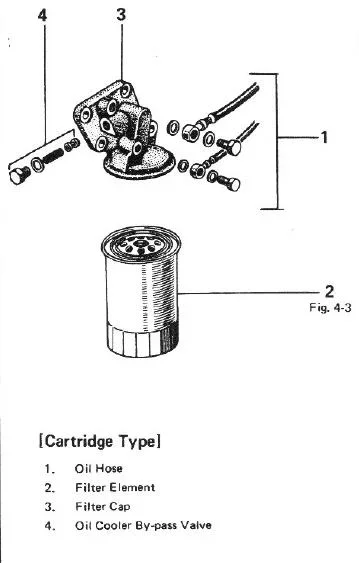So now that I have a mechanical oil pressure gauge I see that I have low oil pressure.
From the manual it says.
Idle 4.3 psi
3000 rpm 36-85 psi
I am no where near that.
Idle is at best 3 when warm and at 3000 rpm I am not making 20.
Running 10w-40 Amsoil syn.
Other than low oil levels what can is low oil pressure a symptom of?
From what I was told by the PO the engine should have around 80000 miles.
Thanks for any thoughts.
Tim
From the manual it says.
Idle 4.3 psi
3000 rpm 36-85 psi
I am no where near that.
Idle is at best 3 when warm and at 3000 rpm I am not making 20.
Running 10w-40 Amsoil syn.
Other than low oil levels what can is low oil pressure a symptom of?
From what I was told by the PO the engine should have around 80000 miles.
Thanks for any thoughts.
Tim






